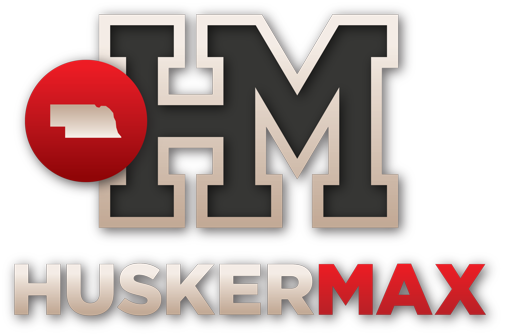The best QB on the planet according to many just had a season with a marked uptick in INTs (Mahomes). Are we to use your model and say that this was due coaching?
I stated early in the year when we got a good look at how Haarberg threw that his motion would result in floating passes long when they got away from him. The only thing that will change that, in my poorly functioning mind, is an off-season effort to work on motion. Wasn't going to happen during a season, if at all. Coaches can only mold the clay they possess.
It sounds like all activity on the field is on the coaches, and I agree. The difference is in using the words "blame" and "responsibility".
I will, however, take exception to saying that any player we get to watch in Red is not turnover averse. That implies apathy, and I don't buy it. Every kid wanted to do well, and the three QBs were likely devastated by at least some portion of the TOs next to their names.
I was lucky enough to sit through a film session with Colorado State's Dave Lay and a few of his assistants and their QB's back in 1994 and it was a great learning experience. The session was in preparation for the CSU - Wyoming game, so they'd taken the plays he felt would be successful against what Wyoming typically ran on defense and made what amounted to a 'Mix Tape' to illustrate what could go right and wrong depending on coverages and their own decisions/errors.
They had a couple dozen each of both successful plays and unsuccessful plays and Lay had a very educational way of presenting the material. First, the film for the play would run all the way through with no background information. Then he'd ask the room what the play call was. Then he'd either confirm or correct and I was really surprised at how many of the 'unsuccessful' plays were simply either a mistake in a read by the QB or WR. Even some of the successful plays were incorrect, but led to either big plays or touchdowns. Read routes are so prevalent now, but weren't nearly as popular back then, but those were the plays most commonly executed incorrectly. One in particular that led to a touchdown was what he called an incorrect 'shoulder read'. WR starts his route and the corner takes his inside shoulder, he's supposed to take the route out and run a hitch, theoreticaly have a better chance at being open essentially taking what's being given. Instead he takes the inside read and they bump. Hard. The DB nearly falls down and the receiver runs the seam that was the inside option and the QB see's he's open and throws him the ball. 40+ yard pass completion on an incorrect read. There were also a handful of INT's when something similar happened and the route is a timing route. We see that nearly every weekend in the NFL where you're going 'Why the hell did he throw it there?' My session with Dave Lay always makes me wonder when I see it now. We almost never know the call or the reads the WR and QB were supposed to make.
I guess that's just a long winded way of saying sometimes it's not as simple an answer as it appears on Saturday or Sunday afternoons.



